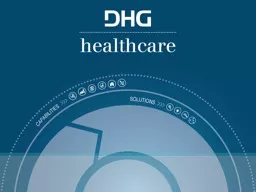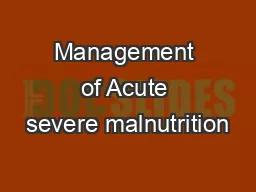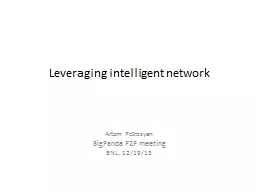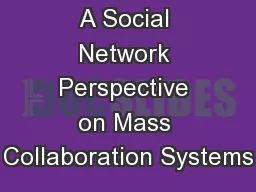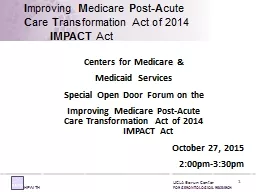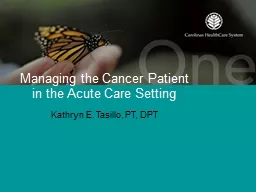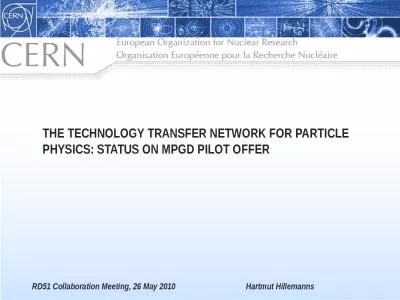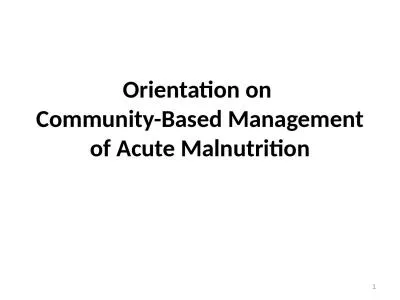PPT-Post Acute Care Collaboration & Network Development
Author : lois-ondreau | Published Date : 2018-03-06
Andy Page Partner DHG LLP DHG Healthcare Session Overview Introduction Significance of PostAcute Care Impacts of PostAcute Care Performance Mandatory Elements
Presentation Embed Code
Download Presentation
Download Presentation The PPT/PDF document "Post Acute Care Collaboration & Netw..." is the property of its rightful owner. Permission is granted to download and print the materials on this website for personal, non-commercial use only, and to display it on your personal computer provided you do not modify the materials and that you retain all copyright notices contained in the materials. By downloading content from our website, you accept the terms of this agreement.
Post Acute Care Collaboration & Network Development: Transcript
Download Rules Of Document
"Post Acute Care Collaboration & Network Development"The content belongs to its owner. You may download and print it for personal use, without modification, and keep all copyright notices. By downloading, you agree to these terms.
Related Documents

